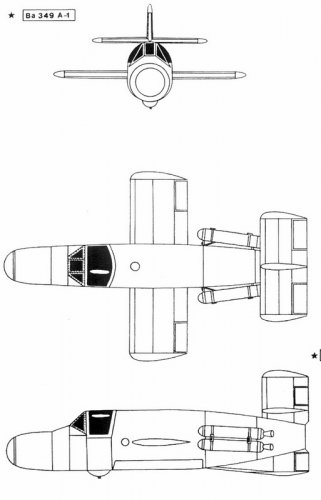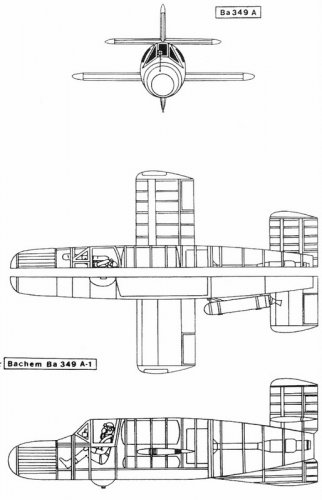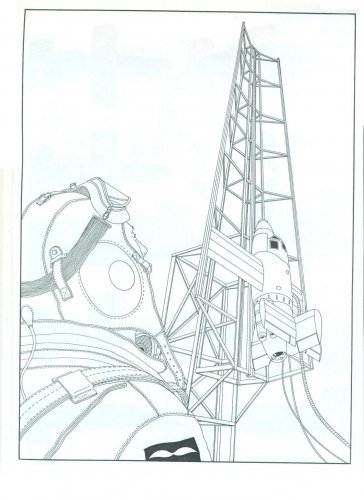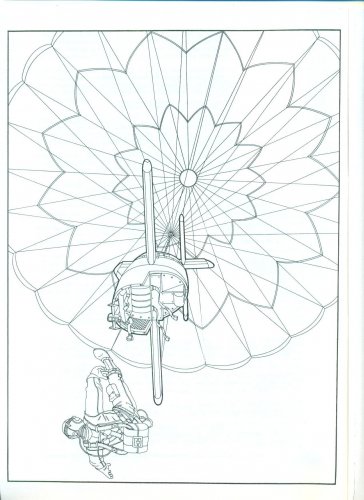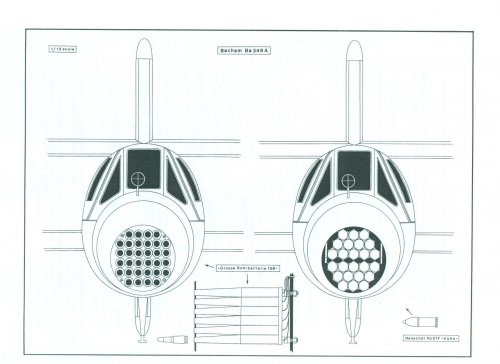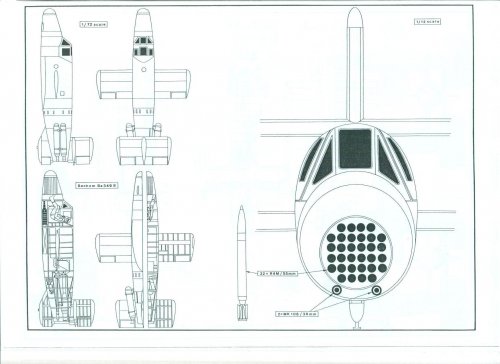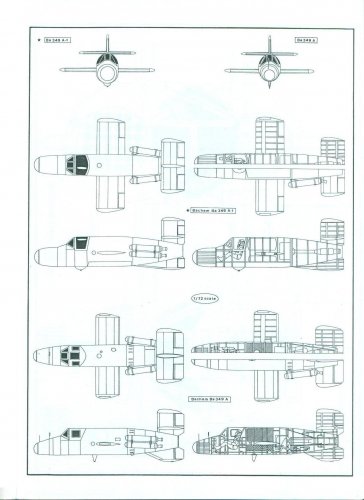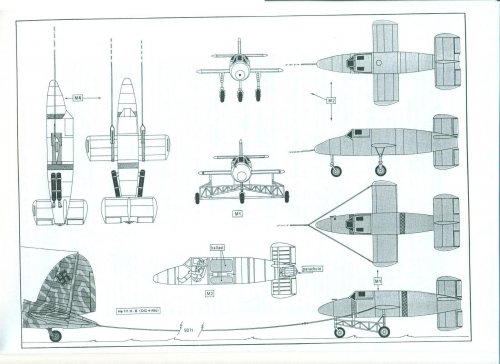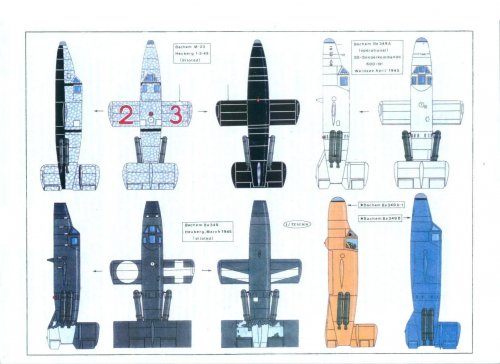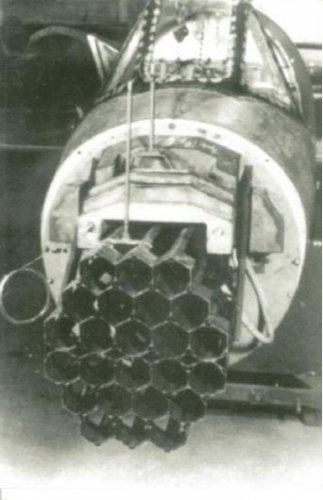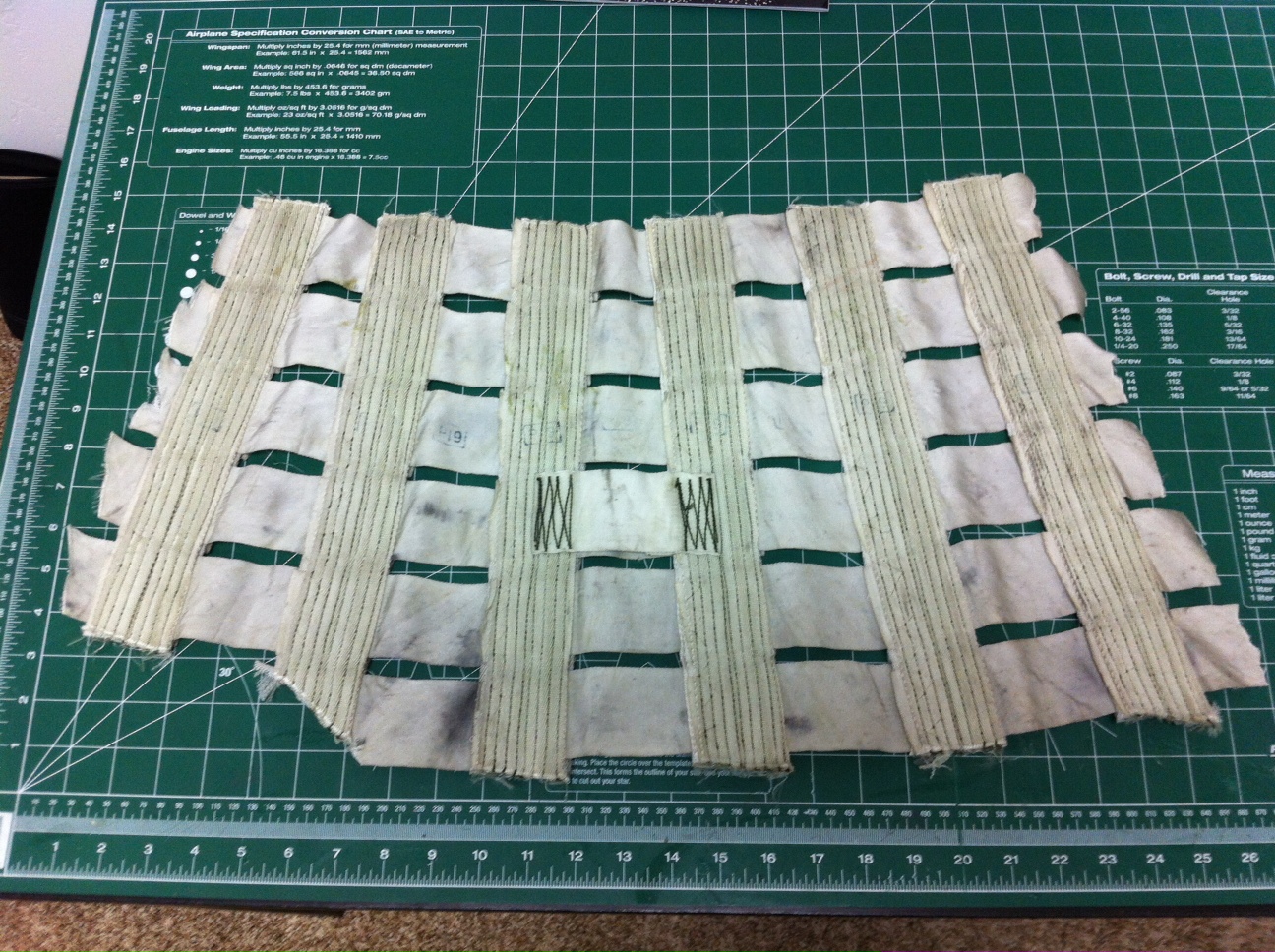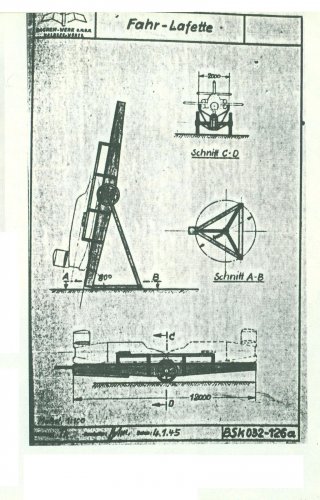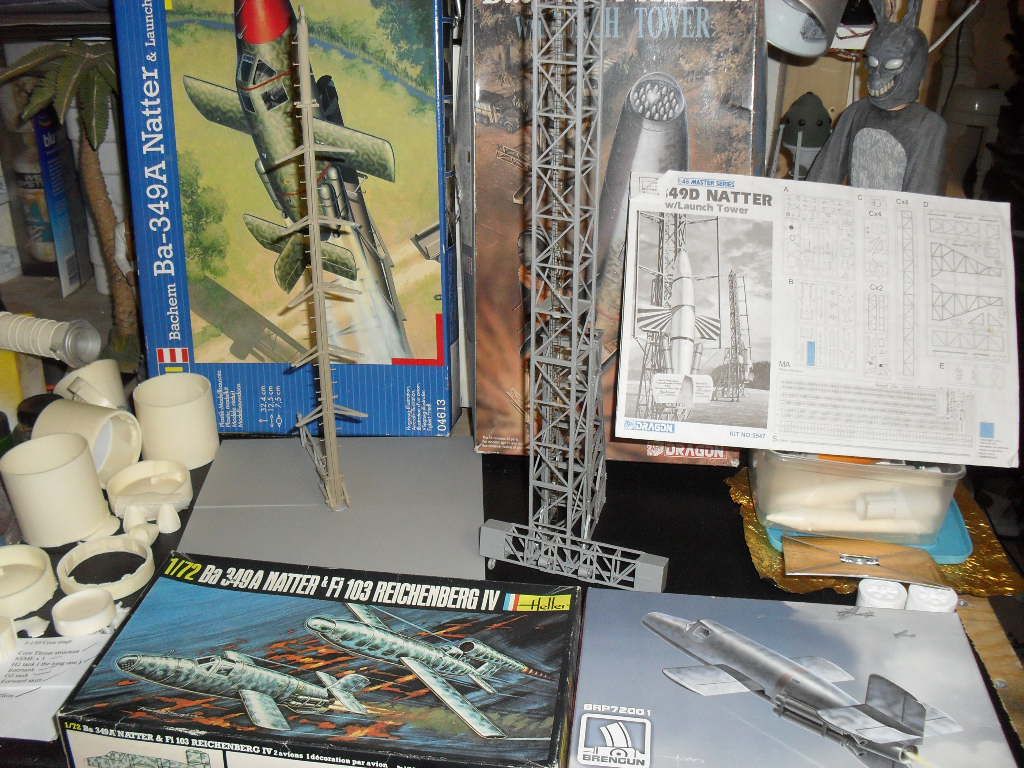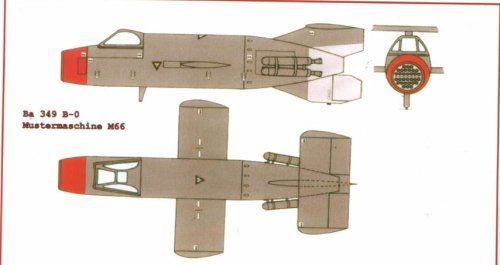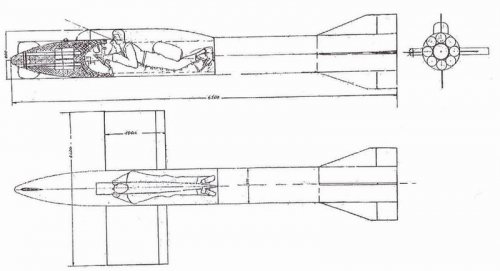- Joined
- 13 August 2007
- Messages
- 8,461
- Reaction score
- 11,049
The Bachem Ba 349 "NATTER"
was one of unusual Aircraft Project
Conceive as point-defence rocket powered interceptor, build mostly from oak wood & plywood
using one Walter HWK 109-509 A2 rocket motor and 4x Schmidding SG34 solid rocket boosters for vertical liftoff
It had ahead for it time, a Radar guide remote control who bring the Ba 349 close to Enemy Bomber fleet,
Were the Pilot take over the control and attack the Bomber fleet with 24x RZ 73 „Föhn“ or 33x R4M “Orkan“ unguided rockets.
After attack the Pilot goes in dive, shut down the Walter engine and deployed a parachute,
here the Ba 349 start separate into pieces, first the nose section of the Natter, then the Pilot and the fuselage with engine.
they all land with parachute and are collected. The BA 349 is refurnish, put together and installed on Launch pad.
on 25 February 1944 the first manned Launch of Natter take place (under allot of Pressure by SS and RLM in Berlin).
The volunteer Luftwaffe test pilot, Lothar Sieber. Take off with Natter test Model 23
but at high of 150 meter the M23 pitched backwards, then at 500 meter high, canopy is rip off from aircraft,
then the Aircraft disappear into cloud layer then dive vertical down and Crash, killing Sieber.
Official the SS declare the crash to failure of canopy lash on Be 349.
in-official there were several factors who lead to the crash,
during the Launch of M23 one of Schmidding SG34 failed to jettison ( its remains were dug up at the crash site in 1998)
also was consider that moment the canopy is rip off, Sibel was knockout or even his neck broken,
as the pilot’s head would have snapped back at event.
but there is interesting little know detail:
a group of Children watch the crash, one of eyewitness explain in TV-Doku the events
this is give a new insight: a explosion before the crash, could have the Walter engine failed ?
Source on Eyewitness is german ZDF TV-Doku "Projekt Natter".
(odd i not find any data about the Natter in this Forum, why ?)
was one of unusual Aircraft Project
Conceive as point-defence rocket powered interceptor, build mostly from oak wood & plywood
using one Walter HWK 109-509 A2 rocket motor and 4x Schmidding SG34 solid rocket boosters for vertical liftoff
It had ahead for it time, a Radar guide remote control who bring the Ba 349 close to Enemy Bomber fleet,
Were the Pilot take over the control and attack the Bomber fleet with 24x RZ 73 „Föhn“ or 33x R4M “Orkan“ unguided rockets.
After attack the Pilot goes in dive, shut down the Walter engine and deployed a parachute,
here the Ba 349 start separate into pieces, first the nose section of the Natter, then the Pilot and the fuselage with engine.
they all land with parachute and are collected. The BA 349 is refurnish, put together and installed on Launch pad.
on 25 February 1944 the first manned Launch of Natter take place (under allot of Pressure by SS and RLM in Berlin).
The volunteer Luftwaffe test pilot, Lothar Sieber. Take off with Natter test Model 23
but at high of 150 meter the M23 pitched backwards, then at 500 meter high, canopy is rip off from aircraft,
then the Aircraft disappear into cloud layer then dive vertical down and Crash, killing Sieber.
Official the SS declare the crash to failure of canopy lash on Be 349.
in-official there were several factors who lead to the crash,
during the Launch of M23 one of Schmidding SG34 failed to jettison ( its remains were dug up at the crash site in 1998)
also was consider that moment the canopy is rip off, Sibel was knockout or even his neck broken,
as the pilot’s head would have snapped back at event.
but there is interesting little know detail:
a group of Children watch the crash, one of eyewitness explain in TV-Doku the events
we were playing football as we hear a explosion in the sky,
as we look up, this airplane [the Be 349] shoot over us down and crash in the woods.
we run to site but we found only a burring crater and tiny pieces.
then the military came...
this is give a new insight: a explosion before the crash, could have the Walter engine failed ?
Source on Eyewitness is german ZDF TV-Doku "Projekt Natter".
(odd i not find any data about the Natter in this Forum, why ?)

